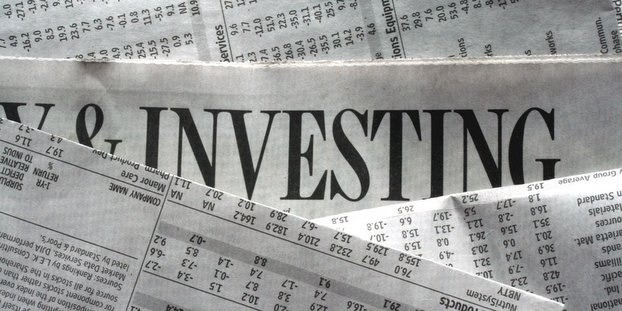
The Boston Beer Company lives in a different world. Third quarter depletions for the craft beer behemoth increased 11 percent and net revenue of $561.6 million was an increase of 14 percent compared to the prior year, and yet it’s all seen as a failure because of its missed projection on the growth of its hard seltzer brand Truly. The company reported an unexpected loss of $4.76 per share after last Thursday’s market close.
“The unexpected rapid slowdown of hard seltzer category growth this summer significantly impacted our business,” said Dave Burwick, President and CEO. “While Truly has continued to grow, gain share and solidify its long-term position, the slower category performance has reduced our full-year growth expectations for Truly to be between 20-25% year-over-year. In addition, the capacity and inventory we had built to take advantage of a higher-growth environment resulted in significant temporary costs this quarter.”
Losses
The misfire was documented in the company’s Q2 earnings report. In interviews following the Q3 earnings report, founder Jim Koch noted they’ve simply had to throw away a ton of inventory. The third quarter results include direct costs resulting from slower hard seltzer category growth of $102.4 million, before the related tax benefit, which include inventory obsolescence, destruction costs and other inventory related costs of $54.3 million.
“We were very aggressive about adding capacity, adding inventory, buying raw materials, like cans and flavors, and, frankly, we overbought,” Koch said in an interview on Closing Bell. “And when the growth stopped, we had more of all those things than we were going to be able to use, because there is a shelf life. We want Truly to have that fresh, bright taste, so we’re going to crush millions of cases of product before it goes stale.”
In addition, the third quarter results include indirect costs resulting from the slowdown of hard seltzer category growth of $30.6 million, before the related tax benefit. These costs include unfavorable absorption impacts at company-owned breweries and downtime charges at third party breweries of $11.4 million, increased materials sourcing and warehousing costs of $11.8 million and customer return provisions for out of code or damaged products of $5.4 million and other costs of $2.0 million. These total indirect costs of $30.6 million have been recorded in the third quarter financial statements as a $6.9 million reduction in net revenue and a $23.7 million increase in cost of goods sold.
Hard times for hard seltzer?
Kind of, but not quite. Despite the slowdown in category growth, hard seltzer represents 11 percent of total beer dollars year to date, which is up from 9 percent during the same period in 2020. It will no doubt remain an important segment of the beer market.
These are closer to self-inflicted wounds. Constellation Brands also took a $66 million obsolescence charge related to excess hard seltzer inventory in its quarter ended Aug. 31.
“We’ve been playing to win and have reaped many benefits over the past 18 months,” Burwick said. “So far this year, Truly has generated 54% of all hard seltzer category growth. In addition, Truly has achieved the second-highest household penetration in all of beer behind only Bud Light beer and ahead of all its other hard seltzer and beer industry competitors.”
“We are fixing our capacity and supply chain issues, our marketing is hitting its stride, and we have the best distributor network behind us,” Koch said. “We have a company and culture that not only delivers double-digit growth over extended horizons, but also demonstrates resilience and agility when faced with challenges. We will continue to work hard to prove our ability to outgrow the beer category for many years to come.”
Preliminary 2022 Outlook for Boston Beer
The company is using the following preliminary assumptions and targets for its 2022 fiscal year, which are highly sensitive to changes in volume projections, particularly related to the hard seltzer category:
- Depletions and shipments percentage increase of between mid-single digits and low double-digits.
- National price increases of between 3% and 6%.
- Gross margin of between 45% and 48%.
- Increased investments in advertising, promotional and selling expenses of between $10 million and $30 million. This does not include any changes in freight costs for the shipment of products to the Company’s distributors.
- Non-GAAP effective tax rate of approximately 26%, excluding the impact of ASU 2016-09. This effective tax rate also excludes any potential future changes to current federal income tax rates and regulations.
- Estimated capital spending of between $140 million and $190 million, which could be significantly higher, if deemed necessary to meet future growth.

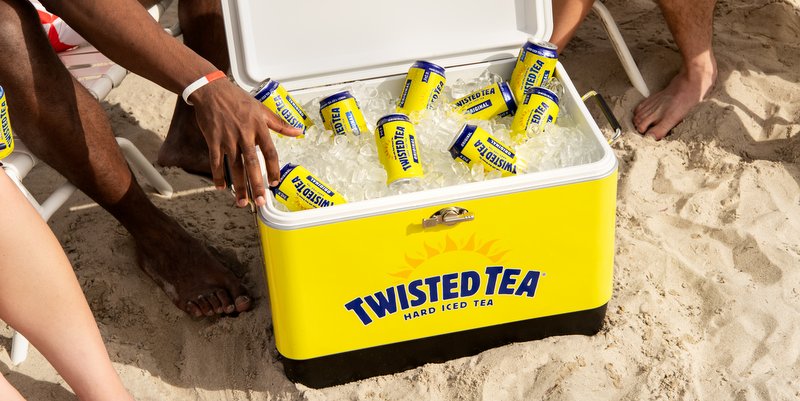
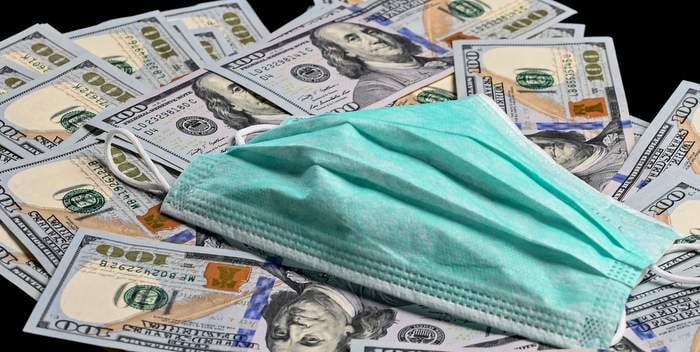
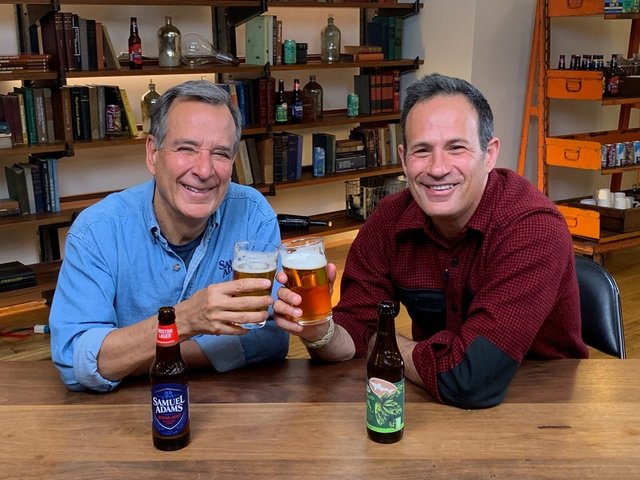
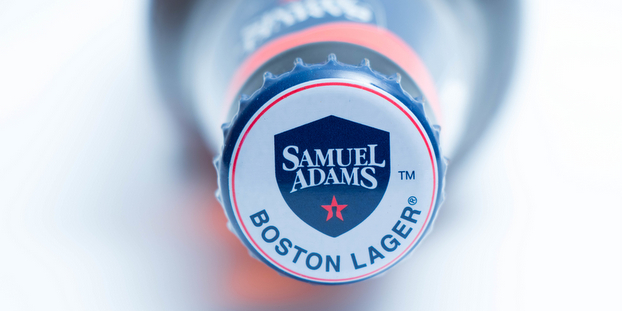
Jason Kennedy says
Who want to buy dogfish Head on the cheap? 😆